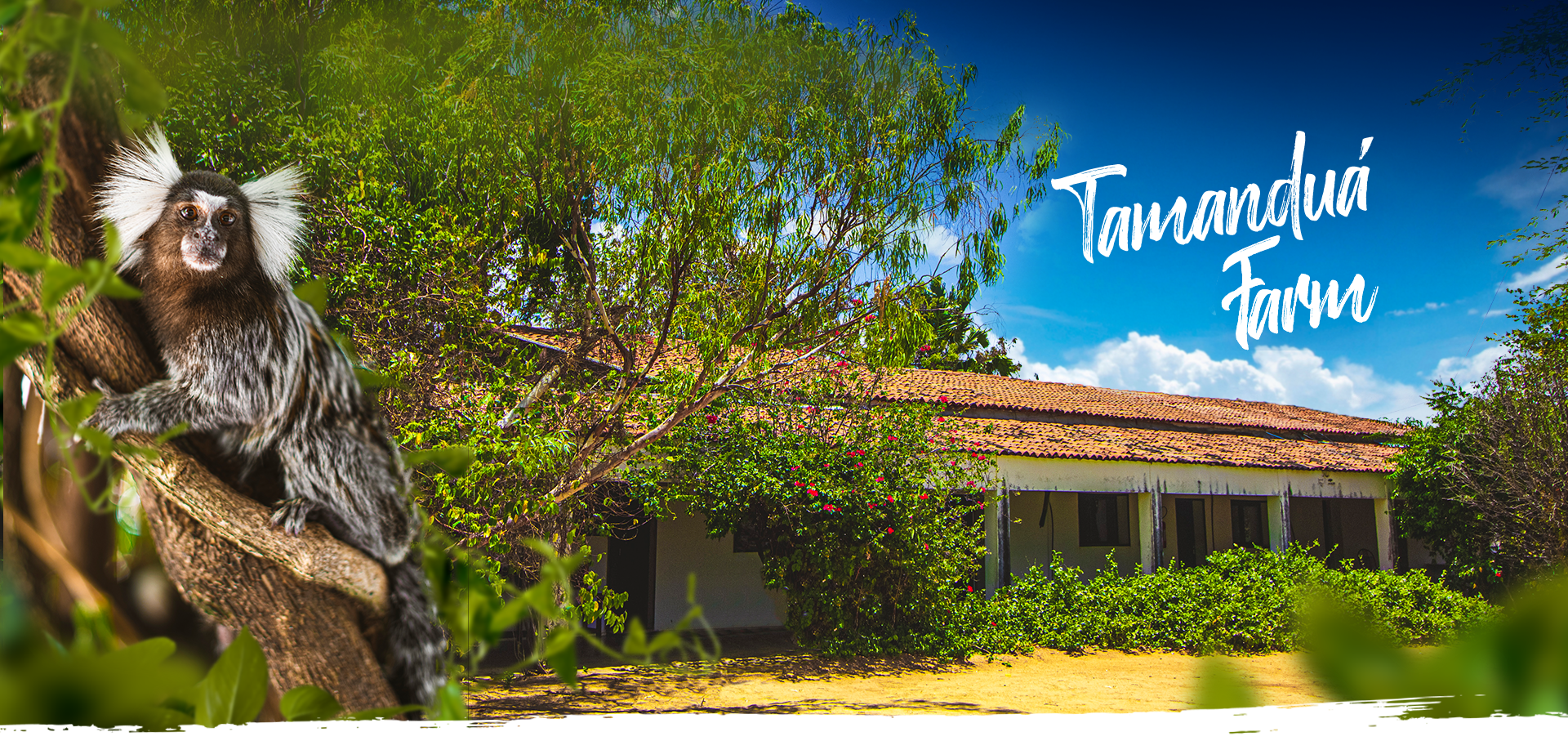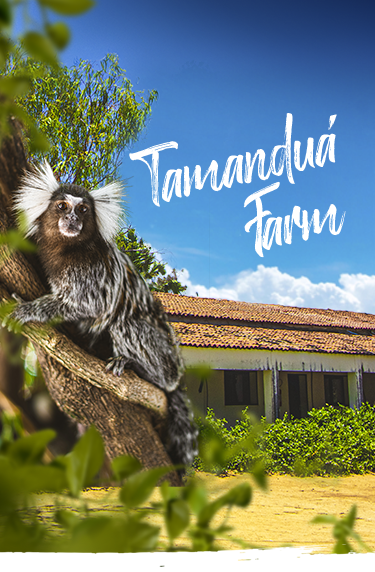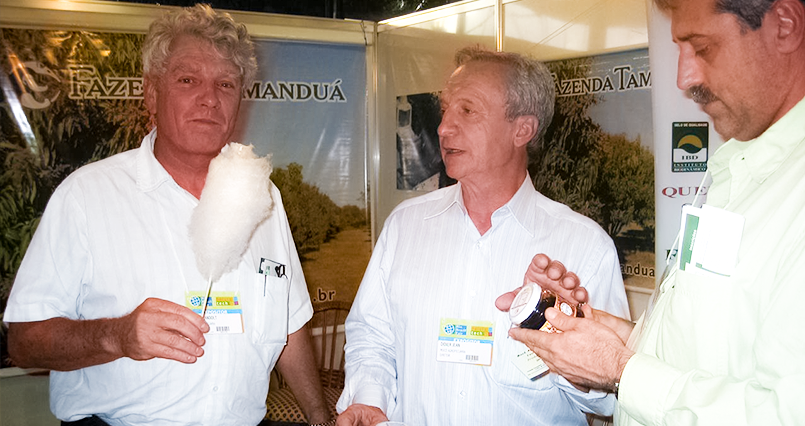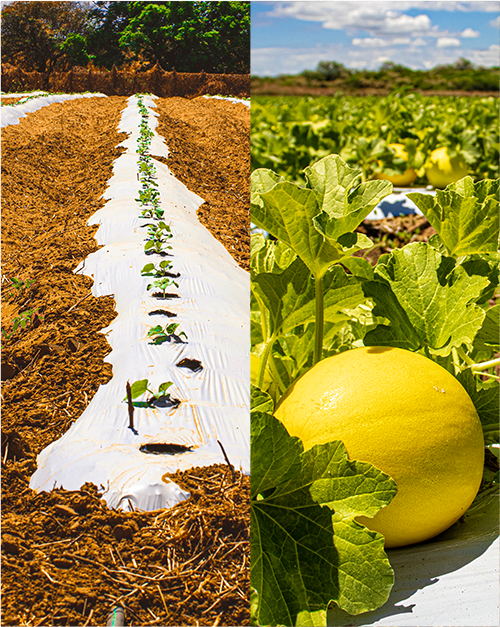
Pioneer in the production of organic foods
The Tamanduá Farm is located in the city of Santa Teresinha, close to the city of Patos, in the State of Paraíba, in the Northeast of Brazil. In the sertão of Espinharas, the farm is located 7° south of the equator, 400 km from the coast and the easternmost point of the South American continent, at an average altitude of 240 meters. Its climate is characteristic of semiarid tropical regions, with average annual rainfall of 800 mm, concentrated in a short period of 2 to 4 months, followed by a long period of drought, which can last from 8 to 12 months. Drought cycles periodically plague this region, causing misery, rural flight, and violence. Global climate changes have caused a significant decrease in rainfall in recent years.
As in all the 800,000 km2 of Northeastern Brazil, the caatinga is the predominant natural vegetation. The word “caatinga” comes from the Tupi language, formed by the words “caa” (bush, vegetation) and “tinga” (white). It is formed by xerophilous, woody and deciduous shrub trees, which are frequently thorny. The presence of an imposing rock formation, typical of the sertão, the inselberg called Serrote Tamanduá, gave origin to the name of the Farm. The anteater (Tamandua tetradactyla), a medium-sized mammal, which used to be common in the region, but is now endangered due to hunting activities. Since 1977, the Tamanduá Farm belongs to Mocó Agropecuária Ltda. The word “mocó,” which gives the company its name, came from the long-fiber tree cotton variety that was grown from 1977 to 1984.
A pioneer in the organic and biodynamic sector, but with limited water resources, the Tamanduá Farm is dependent on the seasons and, mainly, on the irregular rainfall that periodically affects the Northeast. For this reason, we cannot always offer the full range of our products.

Farming Organism
Rudolf Steiner, the founder of the principles of Biodynamic Agriculture in 1924, believed that a Farm must be seen as an integrated whole, a living organism in its essence, a farming organism.
Just like a human being, this organism has several organs that interact with each other and that cannot live without this interaction. The presence of the animal is imperative for the vegetable, and everything is managed dynamically to promote and support the health and well-being of all.
The role of biodynamic farmers is to help develop an intimate understanding of each element present in the farm, as well as its creative potential. They must strive to be self-sustaining and self-sufficient, taking advantage of energy flows from the sun, rain and wind. They use biodynamic preparations, which, in a homeopathic manner, help the farming organism thrive.
In the practice of the Tamanduá Farm, this implies, first of all, the diversification of activities, fleeing from monoculture.
For example, one of our most important cycles is composting: bees pollinate mangoes, sorghum and moringa, as well as the countless grasses and legumes that make up the pastures. The residues from pruning the mango trees are crushed and inserted as a carbon source into the compost mixed with cow and goat manure. Biodynamic preparations are used, and the piles are turned and wetted for perfect decomposition.
After 60 days the compost is ready. It contains all the elements necessary for soil fertilization (nitrogen, phosphorus, potassium, magnesium and carbon) and is directly used for the fertilization of the mango trees themselves or other crops. But the big difference in relation to chemical fertilizers is that it brings organic matter to the soil, improving the texture of the soil with each application.
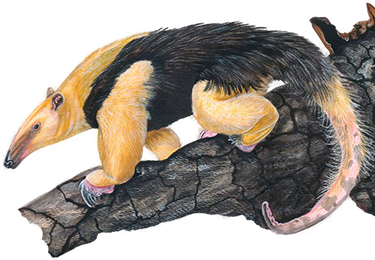
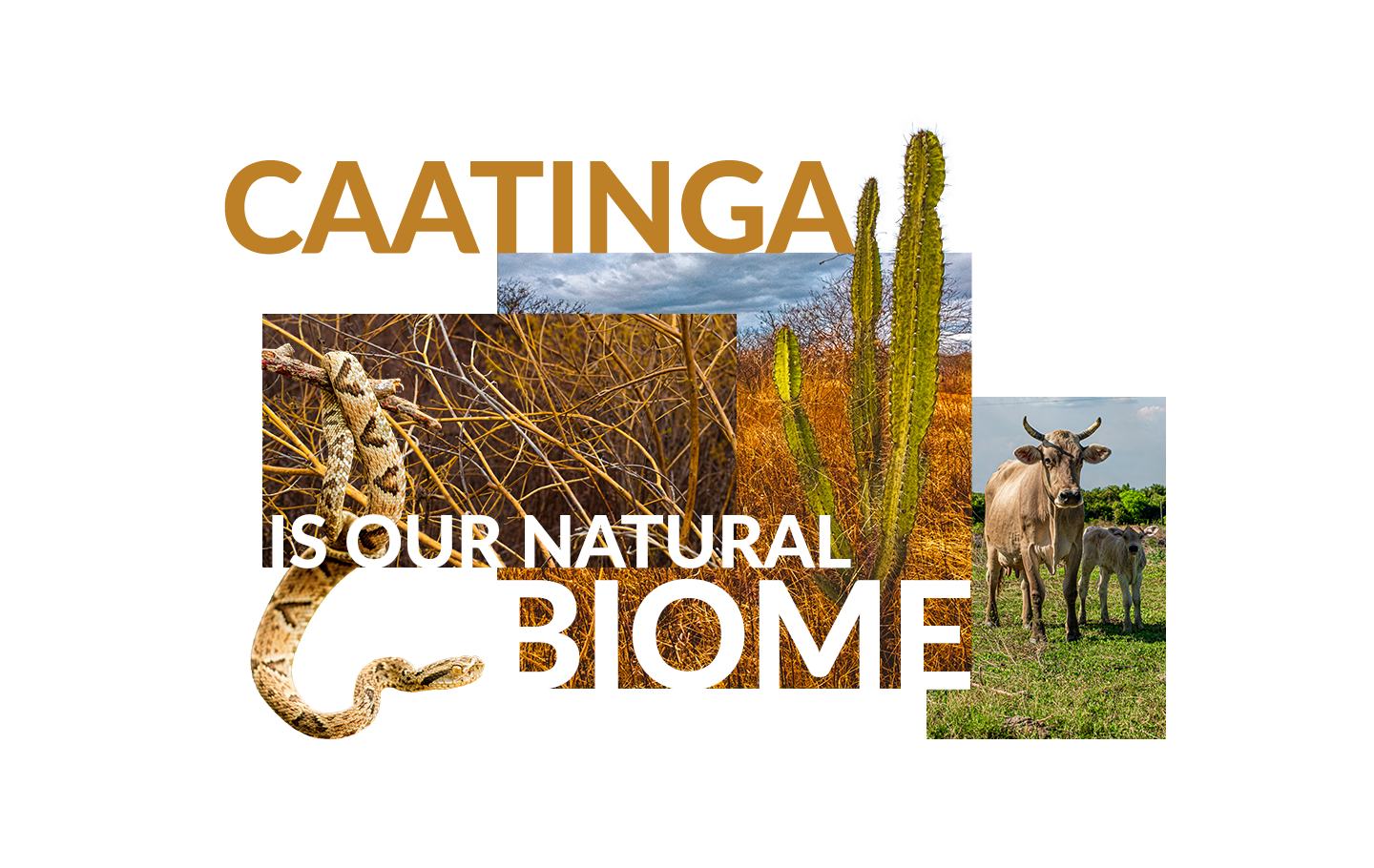
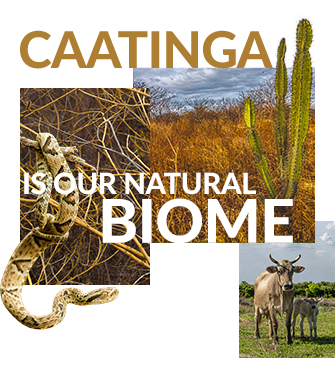
Timeline
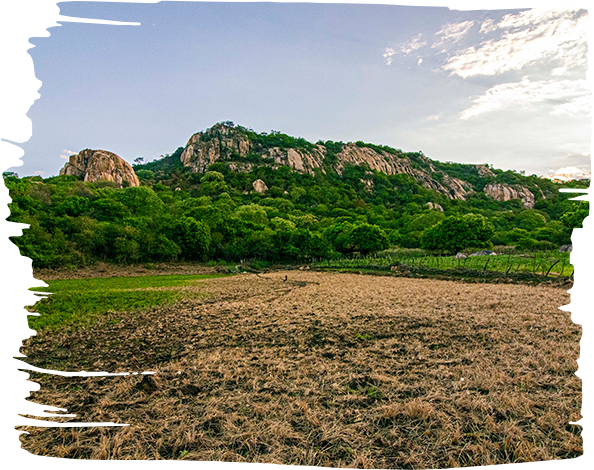
1977 | Acquisition of the Tamanduá Farm
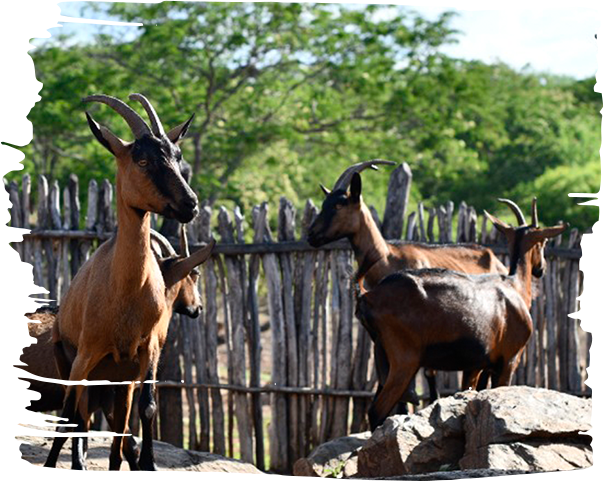
1977 | Beginning of the cotton production
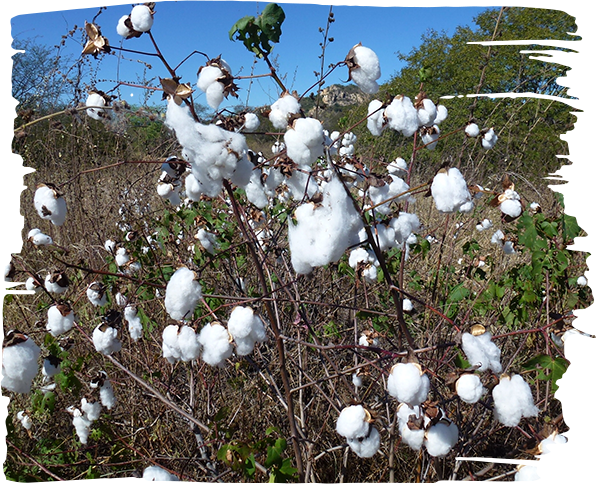
1978 | Beginning of the cotton production
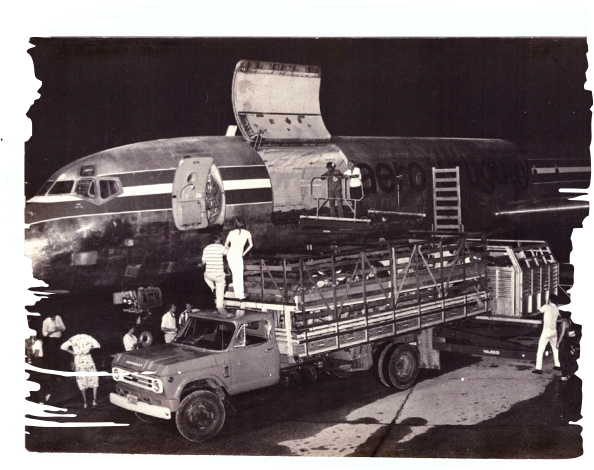
1979 | Importação de matrizes de Gado Pardo Suíço da Suíça
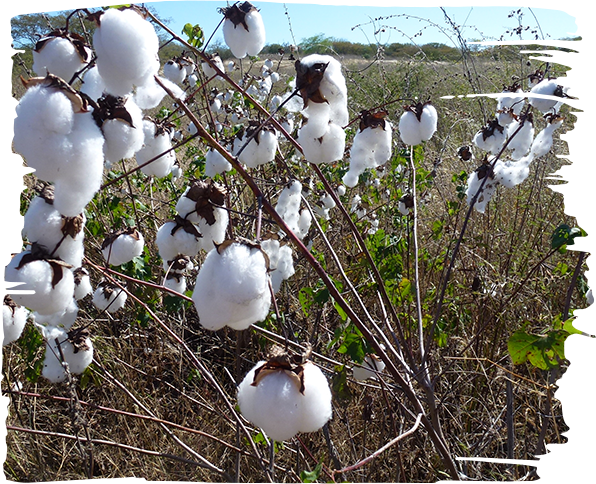
1985 | End of the cotton production
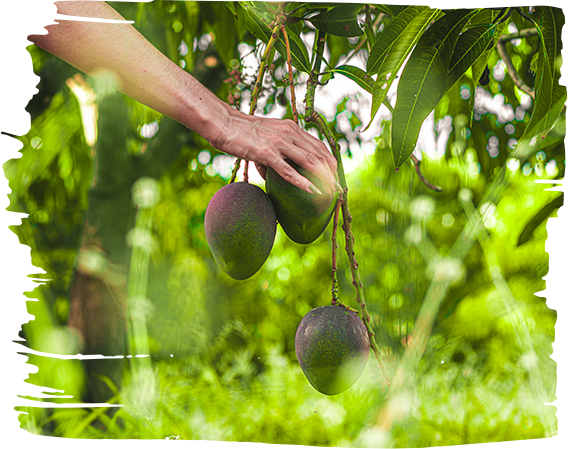
1990 | Beginning of the mango production
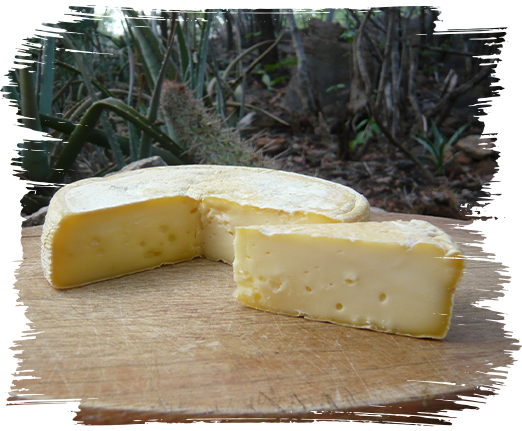
1995 | Beginning of the cheese production
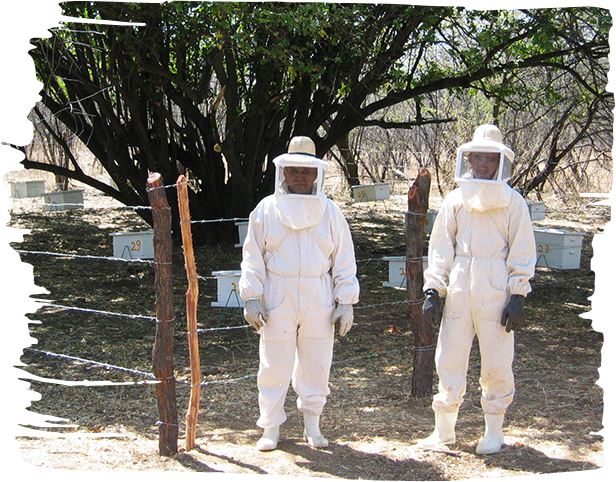
1998 | Beginning of the honey production

2000 | Organic certification
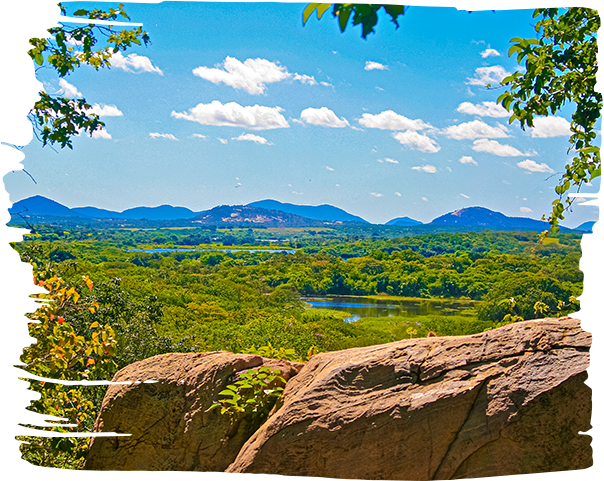
2000 | Tamanduá Farm listed as a Private Reserve of Natural Heritage
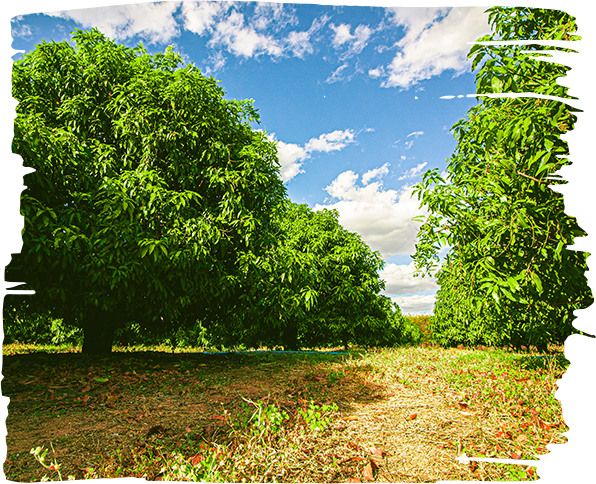
2002 | Biodynamic certification

2007 | Beginning of the spirulina production

2010 | Beginning of the rice production

2019 | End of the cheese production
The Cruz Farm
Despite its 300 hectares, the Tamanduá Farm, like many properties in the sertão located in the northeastern semiarid region, has an immense limitation: its water storage capacity. The various weirs located in the Farm, lakes usually formed by earthfill dams, represent less than 5 million cubic meters of stored water. Climate change causes irregular rainfall, to the point that we have not seen all weirs full and overflowing since 2014.
Realizing that short-cycle irrigated crops, such as cucurbits, or long-cycle crops, such as fruit trees, especially mango trees, represented the best solution to ensure an income throughout the year and not only during the short rainy season, we went searching for nearby properties that could provide water perennially.
The Cruz Farm, located a few kilometers from Patos, in the direction of Teixeira, is located on the banks of the Rio da Cruz. It is perennialized by the water that comes from the Capoeira state weir, and seemed to pose a wonderful opportunity. Fertile flat alluvial lands seemed to ensure an enchanting future.
But shortly after the acquisition of this 300-hectare land, with 90 of perfect lowlands, the state decided to cut the water released from the weir, killing several small irrigators implanted by a pioneer city project to create a green belt around the city of Patos. Now a certified biodynamic farm, the Cruz Farm is used for grazing loose cattle, planting sorghum and drumstick tree, in addition to planting melons and watermelons when there is water in the river.
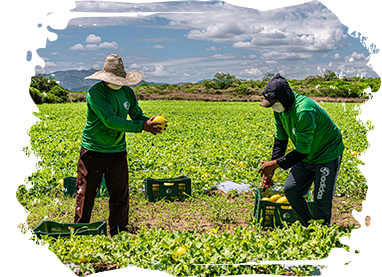
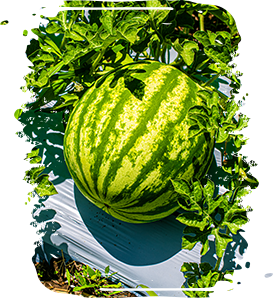
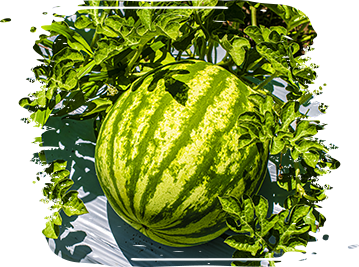
The Serra Branca Farm
The race for water returned with the pressure of the drought cycles. Thus, on the edge of the dos Cegos weir, in the city of Catingueira, 30 kilometers away, we found several pieces of land that we have been acquiring since 1998, completing 20 hectares. With a wavy topography, but good soil, an irrigation, aspersion and localized system was installed there.
There, we plant sorghum during the rains, and rooted 7 hectares of forage palm, both to feed livestock. But the most important thing was the implantation of 7 hectares of mango trees of the Keitt variety, in a dense, irrigated planting system, considerably increasing our mango production.
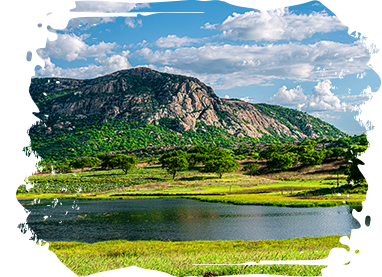
Timeline

1977 | Acquisition of the Tamanduá Farm

1977 | Beginning of the cotton production

1978 | Beginning of the cotton production

1979 | Importação de matrizes de Gado Pardo Suíço da Suíça

1985 | End of the cotton production

1990 | Beginning of the mango production

1995 | Beginning of the cheese production

1998 | Beginning of the honey production

2000 | Organic certification

2000 | Tamanduá Farm listed as a Private Reserve of Natural Heritage

2002 | Biodynamic certification

2007 | Beginning of the spirulina production

2010 | Beginning of the rice production

2019 | End of the cheese production
Discover Tamanduá Farm map
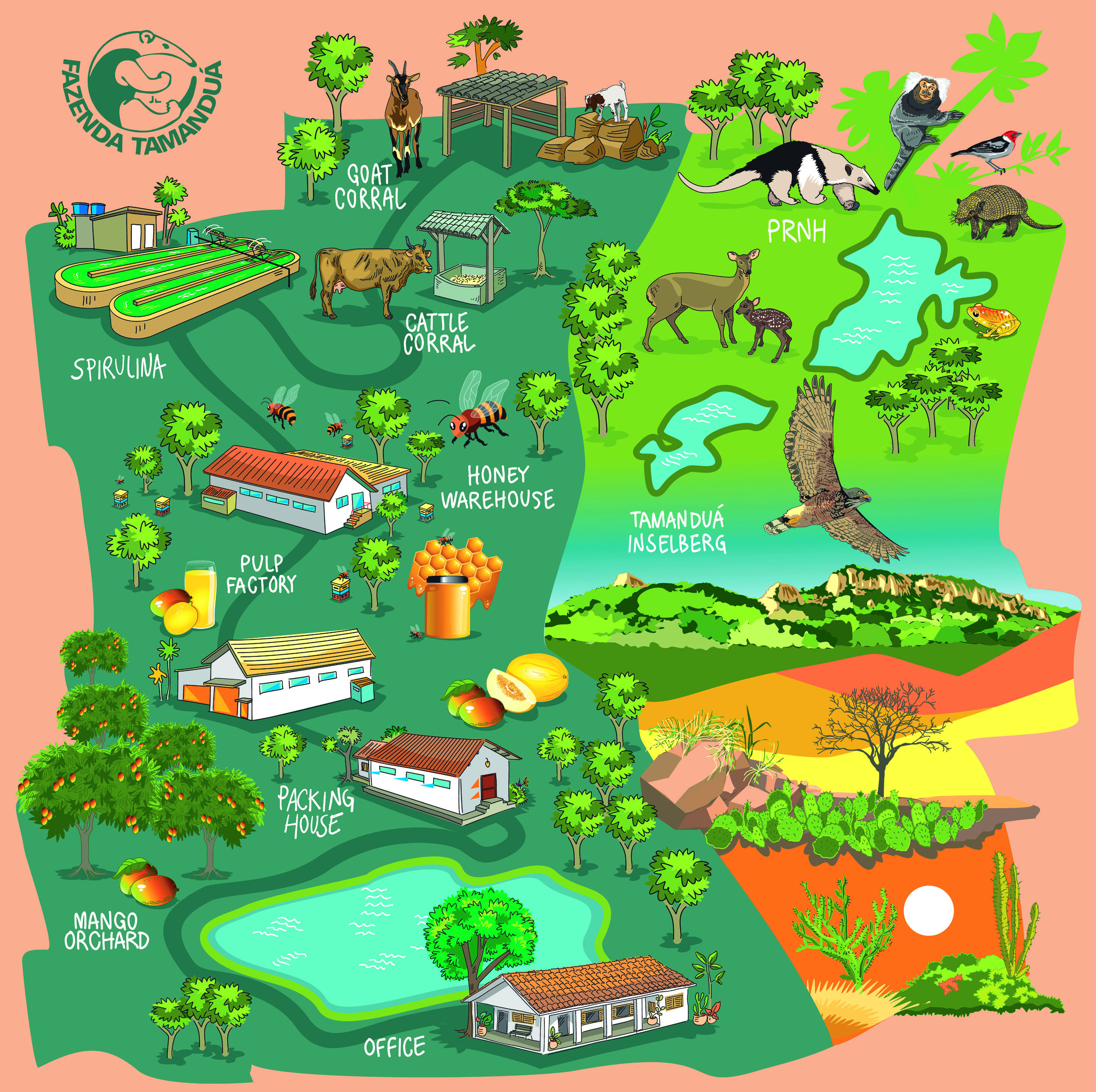
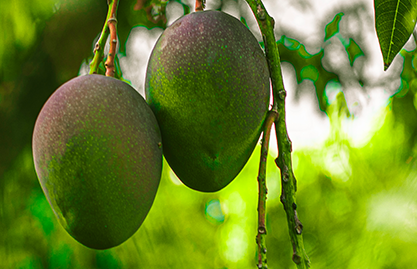
CULTIVO DE MANGA
"Lorem ipsum dolor sit amet, consectetur adipiscing elit, sed do eiusmod tempor incididunt ut labore et dolore magna aliqua. Ut enim ad minim veniam, quis nostrud exercitation ullamco laboris nisi ut aliquip ex ea commodo consequat. Duis aute irure dolor in reprehenderit in voluptate velit esse cillum dolore eu fugiat nulla pariatur. Excepteur sint occaecat cupidatat non proident, sunt in culpa qui officia deserunt mollit anim id est laborum."

